

Posted: June 24, 2022
In science lessons you will learn that metals and non-metals form salts through ionic bonding. However, did you know these amazing facts about salt! The Bible contains more than 30

Posted: June 17, 2022
Parallel lines and angles are everywhere. We write the number 11 with two parallel lines. But did you know these facts about the number 11? A total solar eclipse
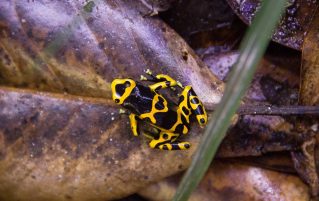
Posted: June 10, 2022
During chemical reactions two or more different substances or elements mix together. They then undergo some sort of chemical change to become a different substance altogether. Chemical reactions don’t just

Posted: June 3, 2022
Sequences are all around us. Many of these patterns or sequences are obvious, such as the hexagon! But why is the hexagon used so frequently in nature? Mathematics teaches us

Posted: May 27, 2022
Trigonometry, like many areas of Maths and Science, was founded by an Ancient Greek mathematician. Developing knowledge and understanding of the world around them was incredibly important to the Greeks.

Posted: May 20, 2022
Most of you will have heard about Pythagoras in your Maths lessons. However, did you know that it is thought he had a condition known as synesthesia. This is a

Posted: May 13, 2022
Homeostasis is the regulation of a constant internal environment. Some of the internal conditions we regulate include blood glucose, body temperature and water content. Before learning all about how we

Posted: May 6, 2022
While you are learning about how enzymes work in human digestive systems, have a look at the digestive system of other animals! Everyone knows that the sloth is really slow,

Posted: April 29, 2022
As you will have learned in science lessons, many chemical reactions are reversible. In these reactions, there is both a forward reaction and a reverse reaction. In closed systems, eventually

Posted: April 22, 2022
Before you start revising how to complete simultaneous equations – check out these fun Maths facts: Plus and minus signs were actually used as early as 1489 A.D. Zero is

Posted: April 15, 2022
One of the Required Practicals you need to revise if you are studying AQA GCSE Physics this year, is all about light. But how much do you actually know about

Posted: April 8, 2022
From the Required Practicals in Physics Paper 2 of AQA Combined Science, you need to revise the one about infrared radiation. But how much do you actually know about infrared?
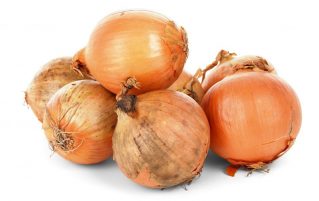
Posted: April 1, 2022
Take a break from studying the Required Practicals you need to know for your chemistry exams, and check out these facts about acids and alkalis! Acids and bases or alkalis
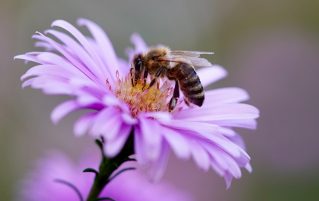
Posted: March 25, 2022
One of the Required Practicals you need to revise for Chemistry is all about chromatography. Chroma actually means purity or intensity of colour, but how much do you actually know

Posted: March 18, 2022
Our reaction time is the time it takes for us to respond to something happening. Many animals have much faster reaction times than humans. If you have ever tried squatting

Posted: March 11, 2022
Before you start revising for the required practical on population size, take a look at some of these startling facts about populations. The human population is growing at an astounding
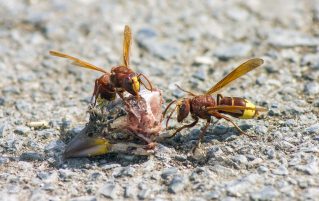
Posted: March 4, 2022
While you are revising for the Required Practicals for Physics, why not take a break – and learn some fun facts about electricity. Lightning, the release of electric charge in

Posted: February 25, 2022
Before you start revising for the Required Practicals in Chemistry, which includes investigating temperature changes in chemical reactions, check out these temperature facts! Scientists use Kelvin to measure temperatures in

Posted: February 18, 2022
Before you start revising for the Required Practicals you could be assessed on this year, remember that plants are amazing! Not only do they photosynthesise to provide us with food

Posted: February 11, 2022
Next time you are trying to get your head around the quadratic formula, remember that humans are not the only animals to use numbers! Studies demonstrate that the ability to
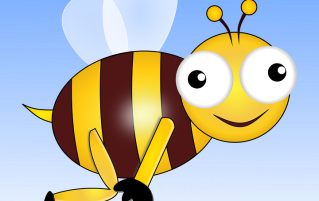
Posted: February 4, 2022
As today is the NSPCC’s Number Day 2022, before learning about factors and multiples, why not learn some amazing facts about numbers! In Old Norse, hundrath actually means 120, not 100

Posted: January 28, 2022
Learning about algebra in your maths lessons may not be your favourite thing to do, but there are many world records involving Maths! The longest human representation of a mathematical
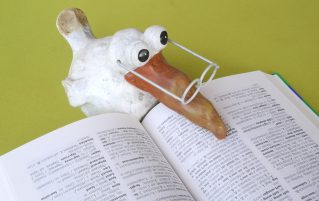
Posted: January 21, 2022
Using letters when learning about algebra may seem very strange. But at least there are no new numbers to learn every year, whereas new words evolve all the time. Sometimes

Posted: January 14, 2022
Take your mind off learning how to work with algebra – with some amazing Maths facts! Every odd number has the letter ‘E’ in it! The number 73939133 is a

Posted: January 7, 2022
We all know that algebra uses letters. But it is not the only type of Maths where letters or symbols are used. Think back to primary school, where you will

Posted: December 17, 2021
There are about 700 enzymes active in the human body, some of which we need to digest our food. Spare a thought for Santa this year, with all those treats

Posted: December 10, 2021
Plants are vital for life – without photosynthesis taking place, we would all be very hungry! However, some plants don’t just survive off food they make themselves. Mistletoe is a

Posted: December 3, 2021
Algebra uses letters – which is why you may find it confusing when doing maths! But how much do you actually know about letters? The word alphabet actually comes from

Posted: November 26, 2021
What do you know about speed and velocity? Light travels at around 300,000 km per second, or 186,411 miles per second. A light year is the distance light travels in
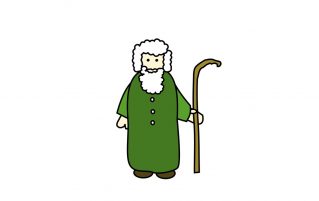
Posted: November 19, 2021
How much do you know about magnetism and electromagnetism? Magnets are all around us, and used in many appliances. They are a basis component of disk drives in your laptops

Posted: November 12, 2021
You will have heard of Newton’s Laws in your Physics lessons. But what do you know about his theory of gravity? The Greeks used to believe that the solar system

Posted: November 5, 2021
Protein synthesis is very important. Amino acids are the building blocks of proteins, and are important in essential processes such as the synthesis of hormones and neurotransmitters. Around 500 amino
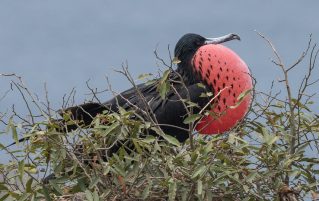
Posted: October 29, 2021
There are some weird and wonderful ways in which animals will attempt to attract a mate for reproduction! Take the male frigate bird, which has what is known as a
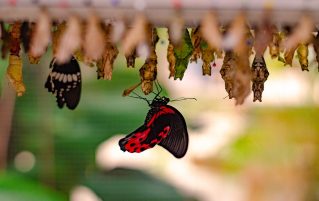
Posted: October 22, 2021
Eukaryotic cells can look very different from each other, depending on what their function is. Cells will become specialised, have a wide range of different jobs, and behave in many
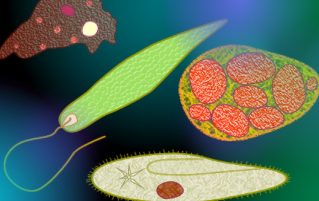
Posted: October 15, 2021
Cells are the building blocks of living organisms, and most of them are so small you cannot see them without a microscope. However, there are exceptions. Acetabularia is a single-celled
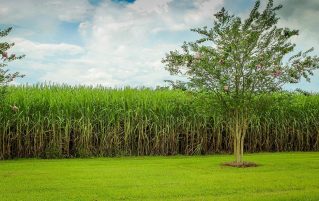
Posted: October 8, 2021
An important part of homeostasis is to control our blood sugar levels. But how much do you actually know about sugar? It is probably one of the oldest ingredients in
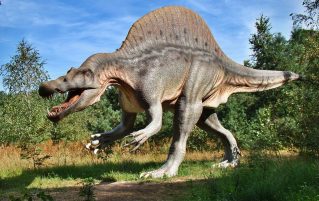
Posted: October 1, 2021
Homeostasis is the regulation of conditions in the body, such as temperature. Different animals function best at different body temperatures. Warm-blooded animals, such as mammals and birds tend to have
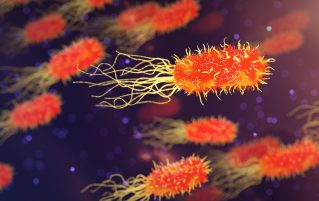
Posted: September 24, 2021
Microscopes have been around for hundreds of years, and enable us to see microorganisms such as bacteria. They are so small that you could fit hundreds of them on a

Posted: September 17, 2021
The study of genetics is fascinating, and there are some very rare and unusual genetic diseases and disorders. Fibrodysplasia ossificans progressiva is one of these. It is a skeletal disease

Posted: September 10, 2021
DNA contains the genetic instructions for the development and functioning of a living organism. Here are some amazing facts about DNA and genetics. A single strand of DNA is a
